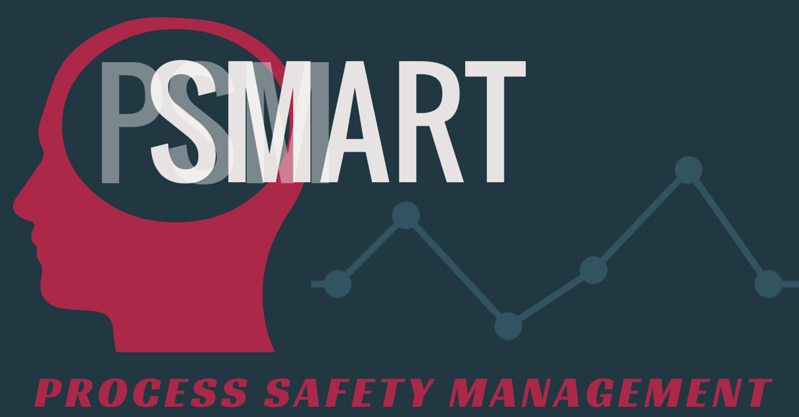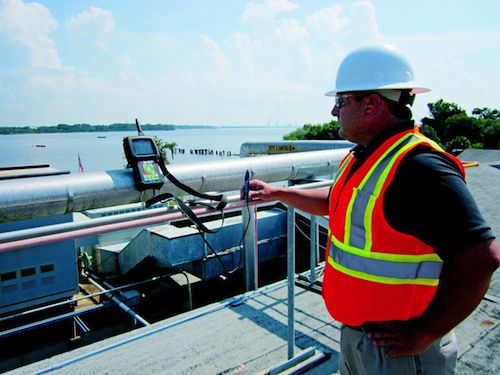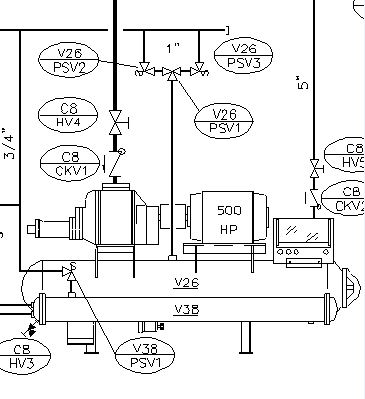How a Digital PSM Program Can Save You Time
What if I told you that your facility could shorten its process safety management (PSM) audit from four days to four hours? This was a reality for a plant I audited recently—all thanks to its digital PSM program. Digital PSM programs are becoming more widely viewed as a best practice for facility owners, requiring less time and resources for auditing and documentation. In an era where we’re all short on time and resources, I’ve outlined below how a digital PSM program can save you both. Continue Reading “How a Digital PSM Program Can Save You Time”








